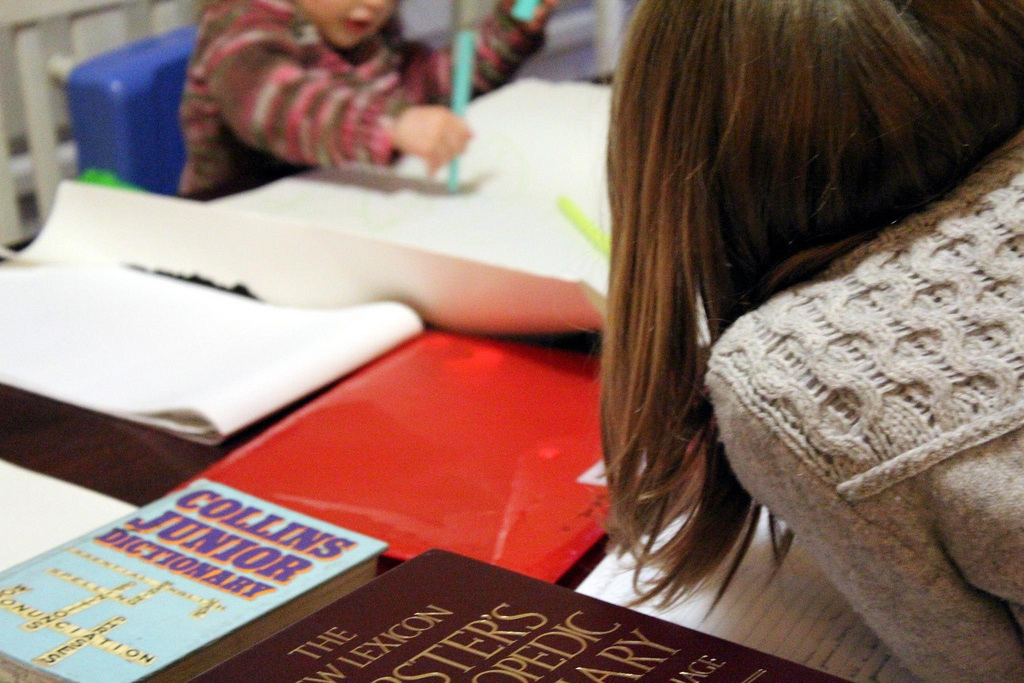|
I read a fascinating article from David Sillito the BBC's Arts Correspondent today regarding the BBC 500 Words 2015 competition. For those that don't know, this fantastic contest encourages children between the ages of 5 and 13 to write and submit imaginative short stories. The contest is championed by Radio 2 DJ Chris Evans, The Duchess of Cornwall, author Anthony Horowitz and many more. The winners can also expect to hear their stories read and immortalised by the likes of Benedict Cumberbatch, Paloma Faith and Hugh Bonneville who were at the live final last year.
Those that know me will be aware that I am an advocate for creative writing at all ages and for trying to stretch the imagination of my own children, so this competition is always of great interest to me. However, this year it struck even more of a chord with me for the subject matter and language that the entrants chose. The competition helpfully does it's own analysis of all the entries, in an effort to understand the age groups and the trends that influence them and spark their imagination. The results are always interesting, and not always what you'd expect given the breadth of music, film and popular culture that our children soak up from any variety of platforms and media. The stand out statistic for me this year was that from the 120,421 entries analysed the most common word they shared was 'hashtag'. So frequent was it's use that the Oxford University Press has declared it 'children's word of the year'. It's been clear for some time that new technology is increasingly at the heart of our children's lives, but according to the OUP how they write about that technology is also developing at an increasing rate. Their research shows that terms such as Emoji, Snapchat and Instagram are now more commonly in use than more established terms like Facebook, Email and Mobile. Social media is becoming the lexicon of our children. This is further supported by the use of the hashtag or '#' in the writing styles of the entries analysed. It's becoming an editorial tool that children are using to add further emphasis to statements they have written. Whilst the experienced social media users amongst us will use clever tags to improve the reach of a post, tie a tweet into a specific campaign or show our support for other users of the same tag, children are using it perhaps more creatively as a sub-heading to their sentences, to add effect, emphasis or undertones. It's no secret that the hashtag has already entered everyday language, as those of us who have ever heard a gaggle of teenage girls use the phrase "hashtag: awkward" will attest. But it fascinates me that the tools of my trade are fast becoming the language and most impactfully, the written language of another generation. Whilst I perhaps understand social media more than a casual user, I've always made a conscious effort to make sure that my own children are safely distanced from the platforms available until they're in a position to fully understand the implications of posting, the ramifications of reach and the consequences of their content. In short, I've always been incredibly wary of the maturity of my children and of what they could be exposed to through social media. Perhaps I've been a little over-protective. Perhaps my career has shown me the perils of the internet for children, whilst at the same time making me want social media to be a positive experience for all users. Regardless of my personal experience, the analysis from the OUP proves overwhelmingly that new technology and increased coverage, exposure and usage of social platforms and apps are very much on the minds of our children, influencing their imagination, story-telling and the words they're using to express themselves online, written and in person. Yours socially M Click here to read the full article from David Sillito Click here to visit the 500 Words competition
0 Comments
Leave a Reply. |
Archives
October 2023
|


 RSS Feed
RSS Feed
